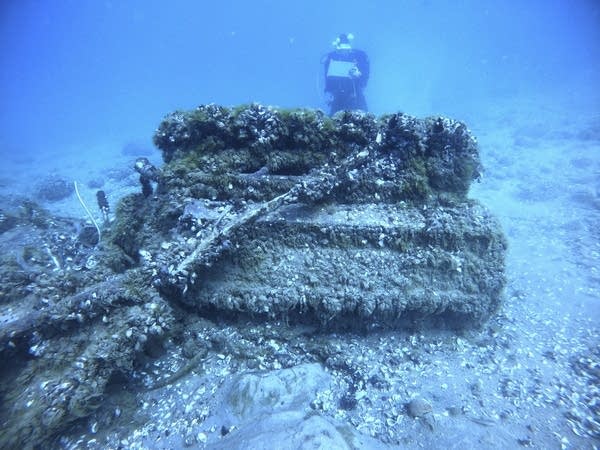With no cellphone towers, roads or permanent residents, this wilderness archipelago is about as remote as it gets.
Yet it’s still not isolated enough to evade a notorious Great Lakes villain.
That’s why Lauren Isbell and Alex Egan, National Park Service scientists by training, recently found themselves diving more than 20 feet deep in Lake Superior, scouring rocks and dock pilings for any sign of fugitive mussels.
After about a half-hour underwater, the pair resurfaced and Isbell thrust a parmesan cheese canister into the air.
“We got three,” she announced. “All adults.”
Tiny and unmoving in their plastic prison cell, the thumbnail-sized shellfish didn’t look like much to fear. But knowing what Isbell and Egan do — that invasive quagga and zebra mussels have destroyed entire ecosystem

 Minnesota Public Radio
Minnesota Public Radio

 Billings Gazette
Billings Gazette The Spokesman-Review
The Spokesman-Review KLCC
KLCC The Weather Channel
The Weather Channel Missoula Current
Missoula Current CBS News
CBS News KSL Utah
KSL Utah Charleston Gazette
Charleston Gazette Esquire
Esquire The Hill Politics
The Hill Politics